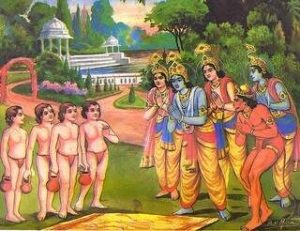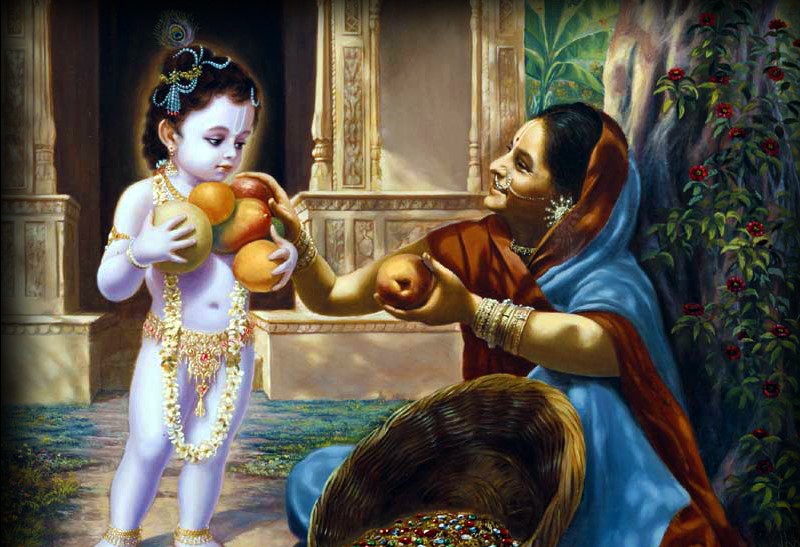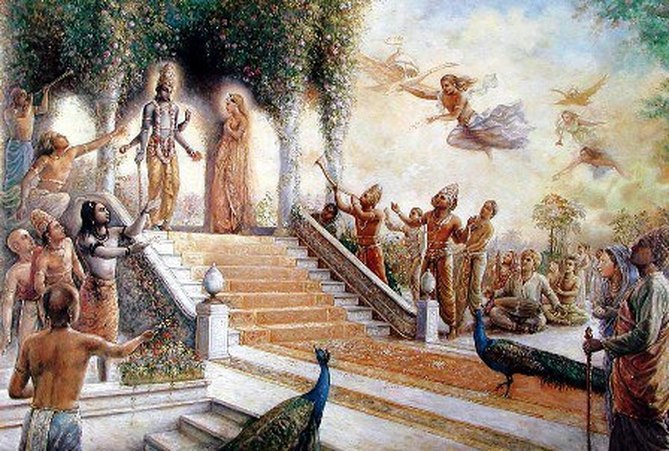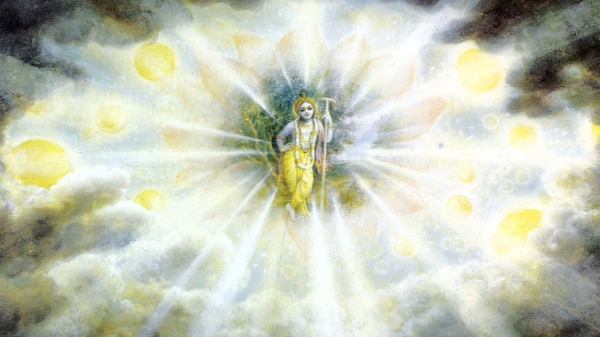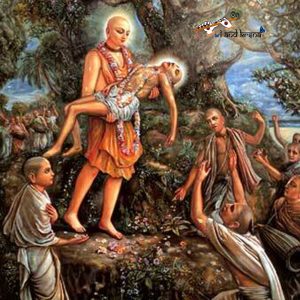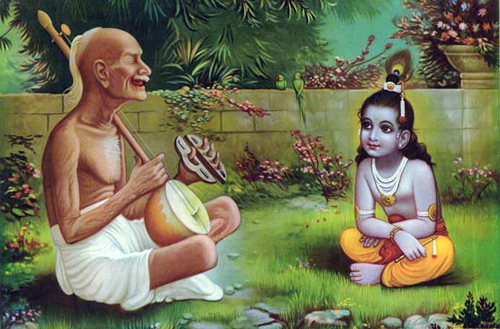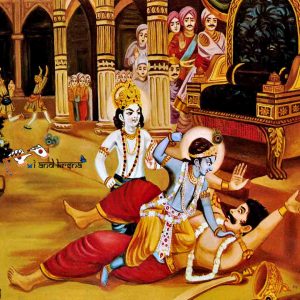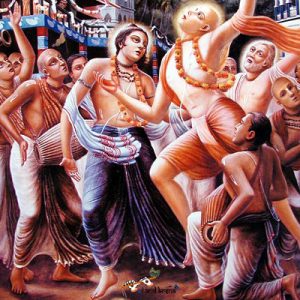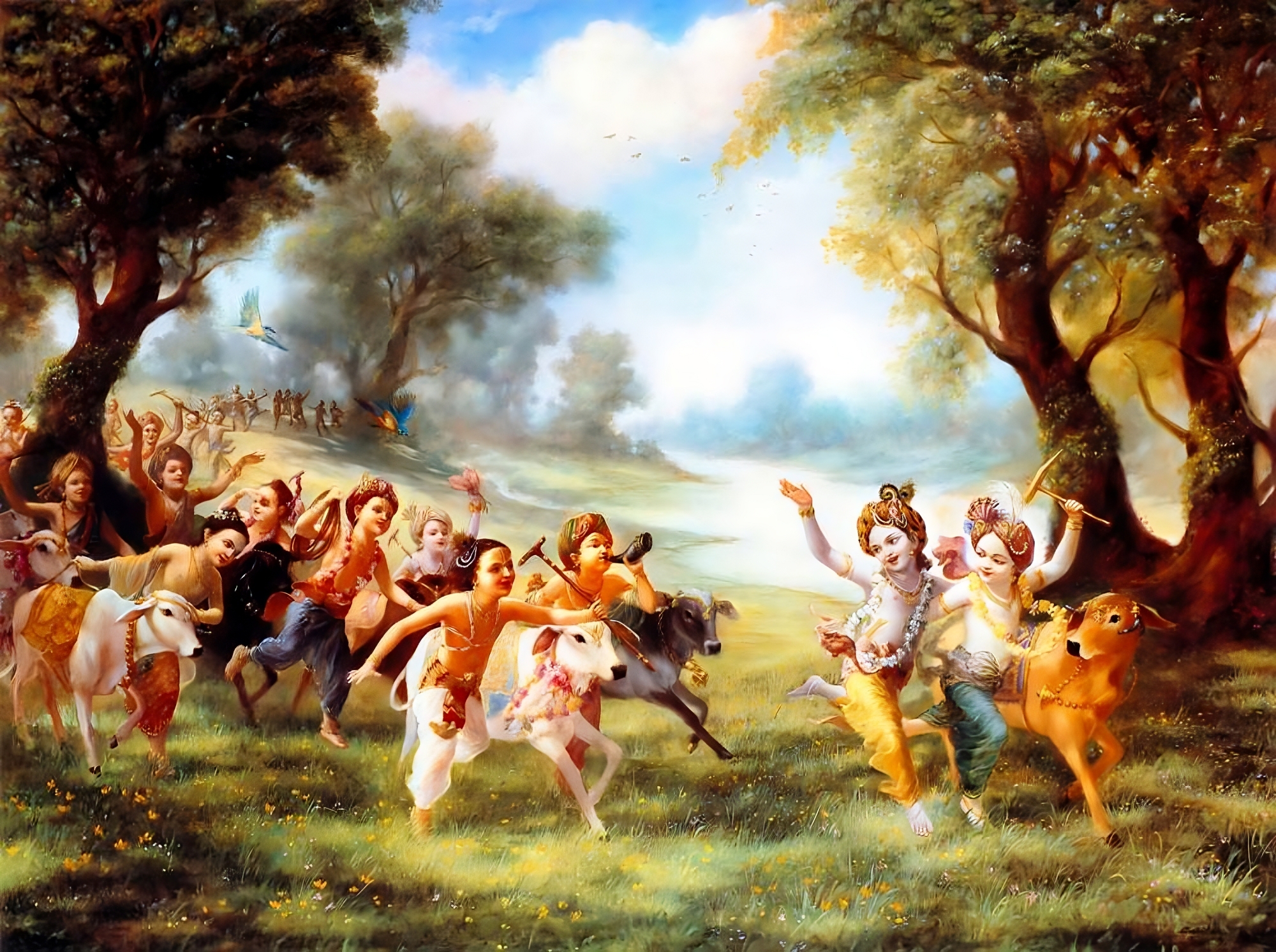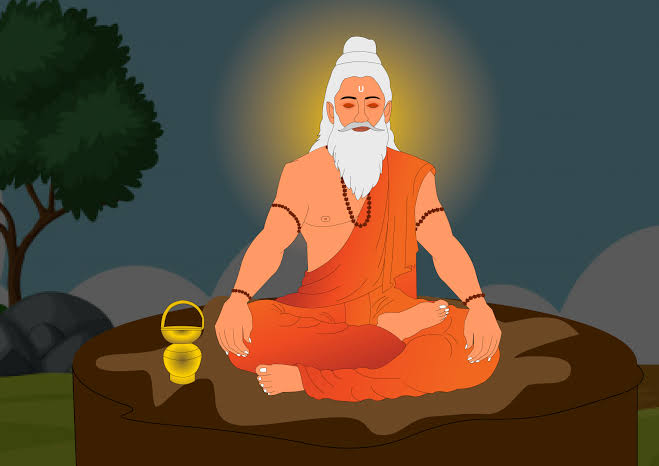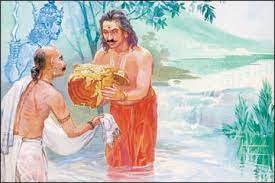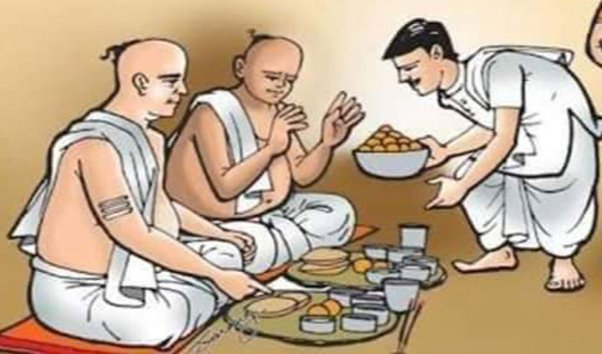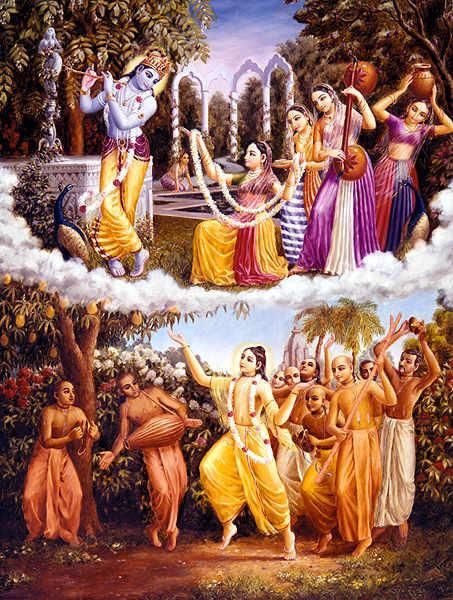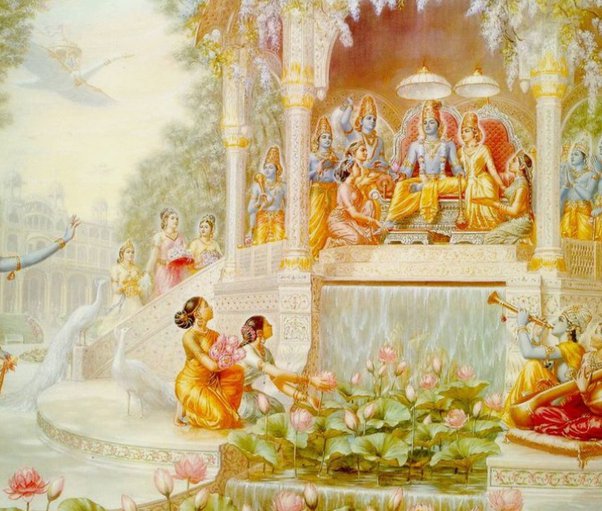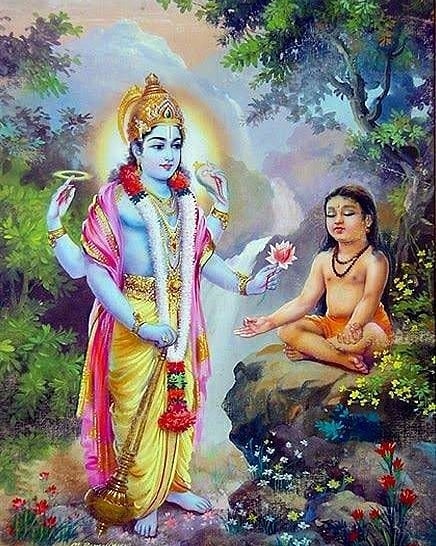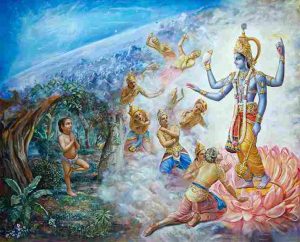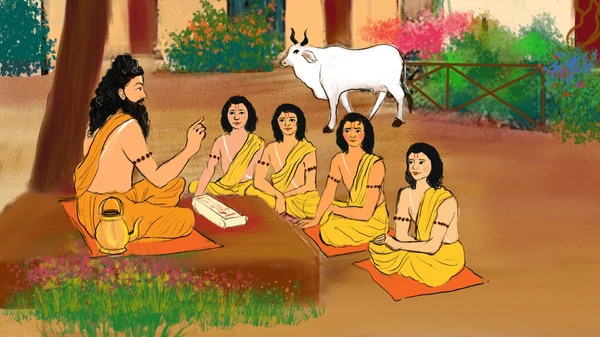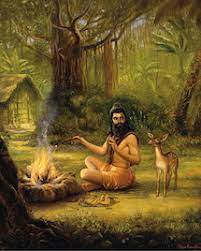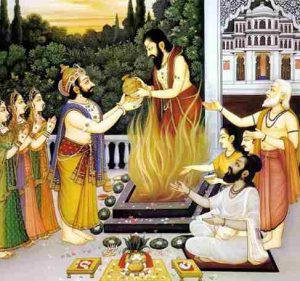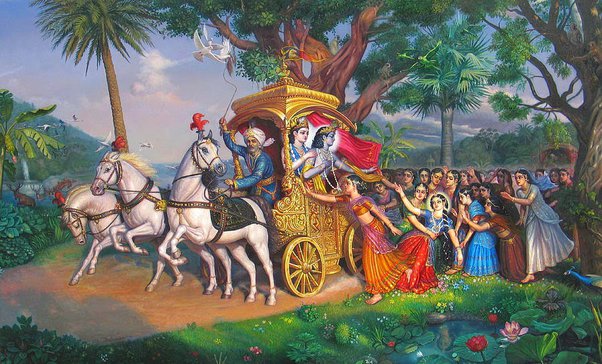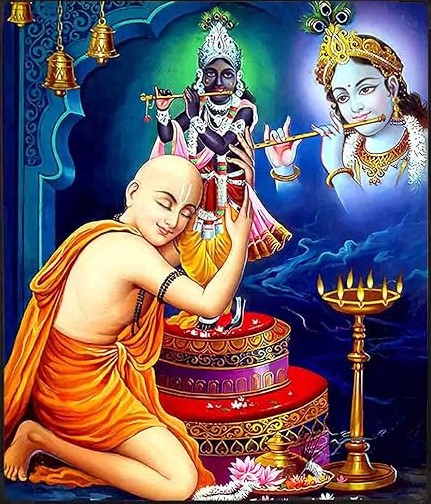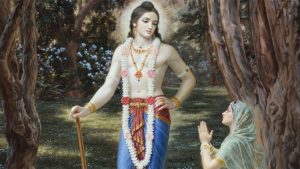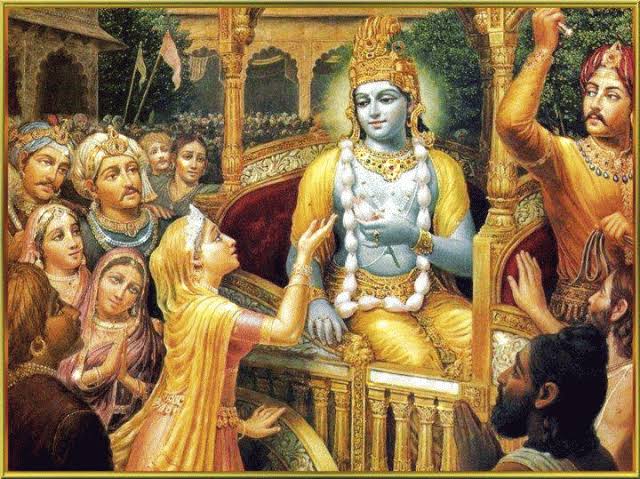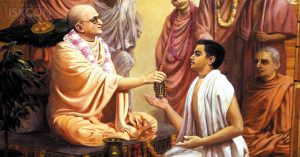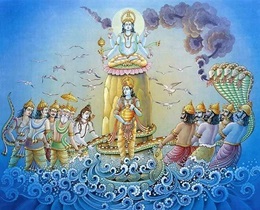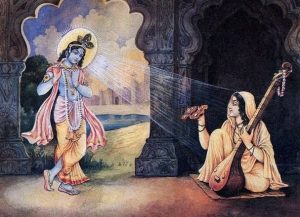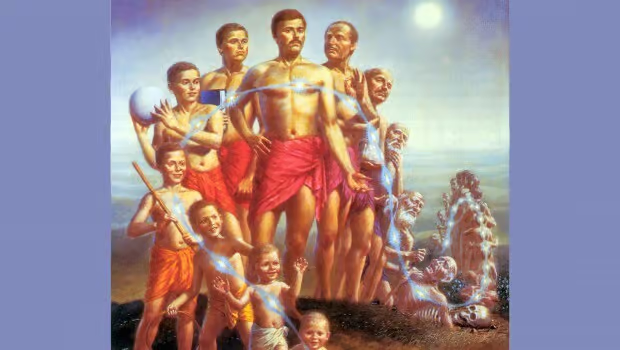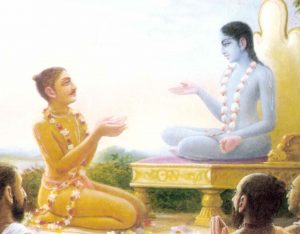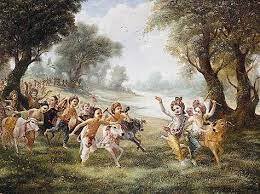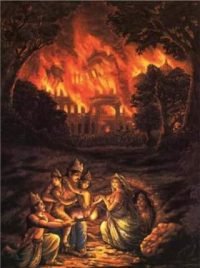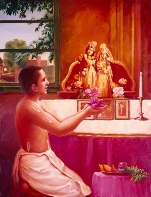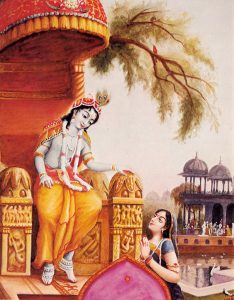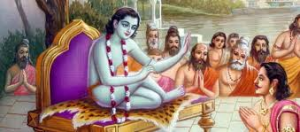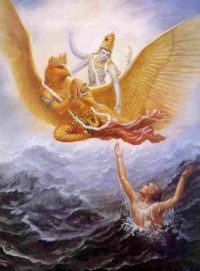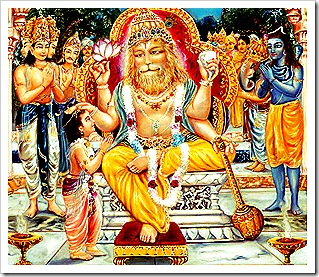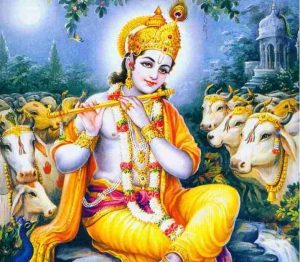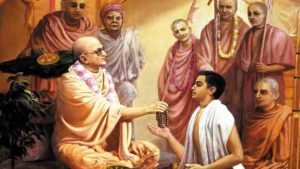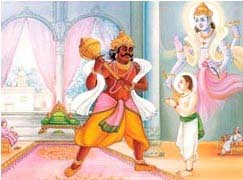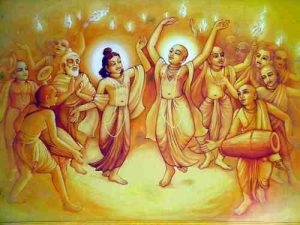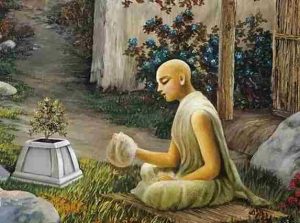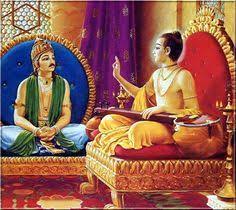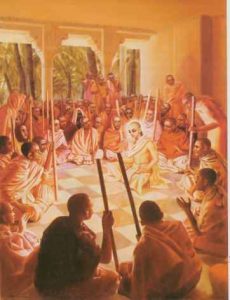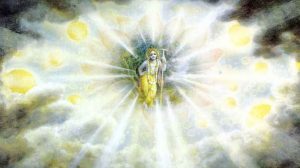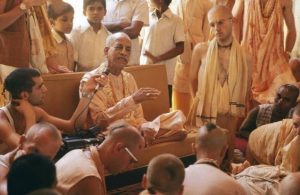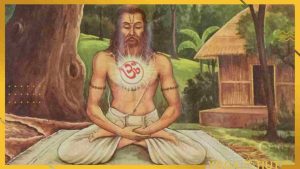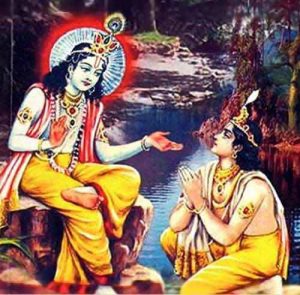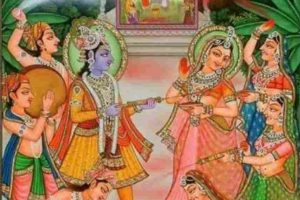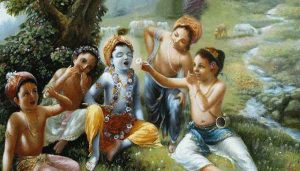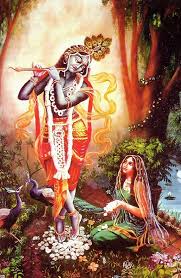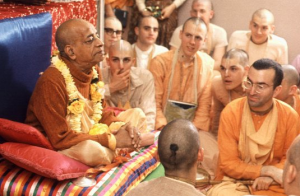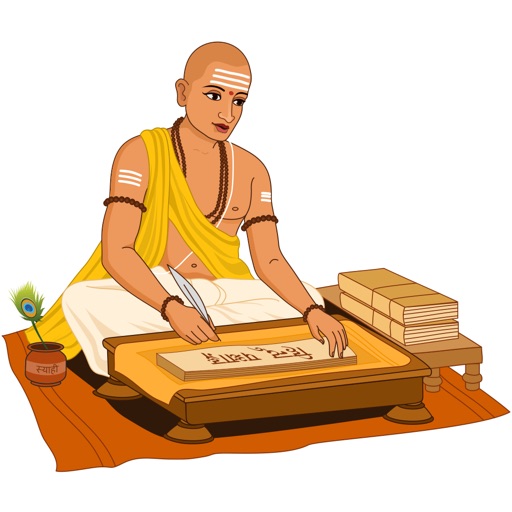Types of Devotees.
Devotees can be divided into three classes. The first or uppermost class is described as follows: one is very expert in the study of relevant scriptures, and he is also expert in putting forward arguments in terms of those scriptures. He can very nicely present conclusions with perfect discretion and can consider the ways of devotional service in a decisive way. He understands perfectly that the ultimate goal of life is to attain to the transcendental loving service of Krishna, and he knows that Krishna is the only object of worship and love. This first-class devotee is one who has strictly followed the rules and regulations under the training of a bona fide spiritual master and has sincerely obeyed him in accord with revealed scriptures. Thus being fully trained to preach and become a spiritual master himself, he is considered first-class. A first-class devotee never deviates from the principles of higher authority, and he attains firm faith in the scriptures by understanding with all reasons and arguments. When we speak of arguments and reason, it means arguments and reason on the basis of revealed scripture. The first-class devotee is not interested in dry speculative methods meant for wasting time. In other words, one who has attained a mature determination in the matter of devotional service can be accepted as the first-class devotee.
The second-class devotee has been defined by the following symptoms: he is not very expert in arguing on the strength of revealed scripture, but he has firm faith in the objective. The purport of this description is that the second-class devotee has firm faith in the procedure of devotional service unto Krishna, but he may sometimes fail to offer arguments and decisions on the strength of revealed scripture to an opposing party. But at the same time, he is still undaunted within himself as to his decision that Krishna is the supreme object of worship.
The neophyte or third-class devotee is one whose faith is not strong and, at the same time, does not recognize the decision of the revealed scripture. The neophyte’s faith can be changed by someone else with strong arguments or by an opposite decision. Unlike the second-class devotee, who also cannot put forward arguments and evidence from the scripture, but who still has all faith in the objective, the neophyte has no firm faith in the objective. Thus he is called the neophyte devotee.
The neophyte devotees are further classified into four groups – the distressed, those in need of money, the inquisitive and the wise-according to their gradations of pious activities. Without pious activities, if a man is in a distressed condition he becomes an agnostic, communist or something like that. Because he does not firmly believe in God, he thinks that he can adjust his distressed condition by totally disbelieving in Him. Lord Krishna, however, has explained in the Gita that out of these four types of neophytes, the one who is wise is very dear to Him because a wise man, if he is attached to Krishna, is not seeking an exchange of material benefits. A wise man who becomes attached to Krishna does not want any return from Him, neither in the form of relieving distress nor in gaining money. This means that from the very beginning his basic principle of attachment to Krishna is, more or less, love. Furthermore, due to his wisdom and study of sastras (scriptures), he can understand also that Krishna is the Supreme Personality of Godhead. It is confirmed in the Bhagavad-gita that after many, many births, when one becomes actually wise, he surrenders unto Vasudeva, knowing perfectly well that Krishna (Vasudeva) is the origin and cause of all causes. Therefore, he sticks to the lotus feet of Krishna and gradually develops a love for Him. Although such a wise man is very dear to Krishna, the others are also accepted as very magnanimous because even though they are distressed or in need of money, they have come to Krishna for satisfaction. Thus they are accepted as liberal, broad-minded mahatmas.
Source: A.C. Bhaktivedanta Swami Prabhupada (2011 edition), “The Nector of Devotion”, Page 29 – 31




